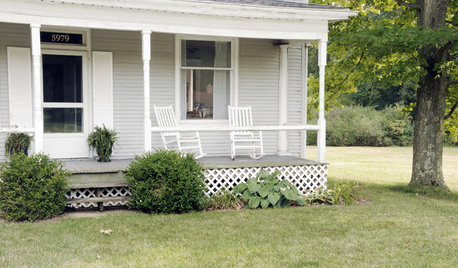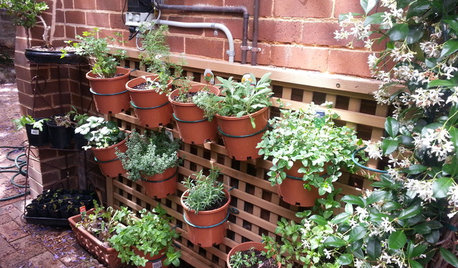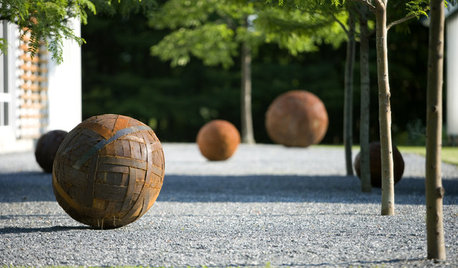land seaweed unknown veggie
oldbiddy
19 years ago
Featured Answer
Sort by:Oldest
Comments (11)
Violet_Z6
19 years agooldbiddy
19 years agoRelated Professionals
Carson Landscape Architects & Landscape Designers · Redondo Beach Landscape Architects & Landscape Designers · Tomball Landscape Architects & Landscape Designers · Salem Landscape Contractors · Bethel Park Landscape Contractors · Firestone Landscape Contractors · Holland Landscape Contractors · Kerman Landscape Contractors · Nutley Landscape Contractors · South Lake Tahoe Landscape Contractors · Wailuku Landscape Contractors · Greenwich Roofing & Gutters · Renton Roofing & Gutters · Cincinnati Roofing & Gutters · Colonia Roofing & GuttersViolet_Z6
19 years agoViolet_Z6
19 years agonpthaskell
19 years agoherbladypat
19 years agonpthaskell
19 years agokiwiblossom
19 years agoRobertEire
19 years agoViolet_Z6
18 years ago
Related Stories

GARDENING GUIDESGet on a Composting Kick (Hello, Free Fertilizer!)
Quit shelling out for pricey substitutes that aren’t even as good. Here’s how to give your soil the best while lightening your trash load
Full Story
EARTH DAY5 Ideas for a More Earth-Friendly Garden
Consider increasing the size of garden beds, filtering rainwater and using plants to reduce energy use
Full Story
LIFE9 Ways to Appreciate Your House Just as It Is
Look on the bright side — or that soothingly dark corner — to feel genuine gratitude for all the comforts of your home
Full Story
FARM YOUR YARDAdvice on Canyon Farming From L.A.'s Vegetable Whisperer
See how a screened garden house and raised beds help an edible garden in a Los Angeles canyon thrive
Full Story
FARM YOUR YARD14 Crazy Places to Grow Edibles
Some Houzzers may lack ground for gardening, but they’re never short on imagination
Full Story
LANDSCAPE DESIGNWhat Kind of Gardener Are You? Find Your Archetype
Pick from our descriptions to create a garden that matches your personality and tells your story
Full Story
LIFEHouzz Call: Where (and What) Are You Reading This Summer?
Whether you favor contemporary, classic or beach reads, do the long and lazy days of summer bring out the lit lover in you?
Full Story
KITCHEN DESIGNShow Us Your Compact Kitchen
Do you have a tiny kitchen that works well for you? Post your pictures in the Comments
Full Story
STUDIOS AND WORKSHOPSCreative Houzz Users Share Their ‘She Sheds’
Much thought, creativity and love goes into creating small places of your own
Full StorySponsored






vegvitki